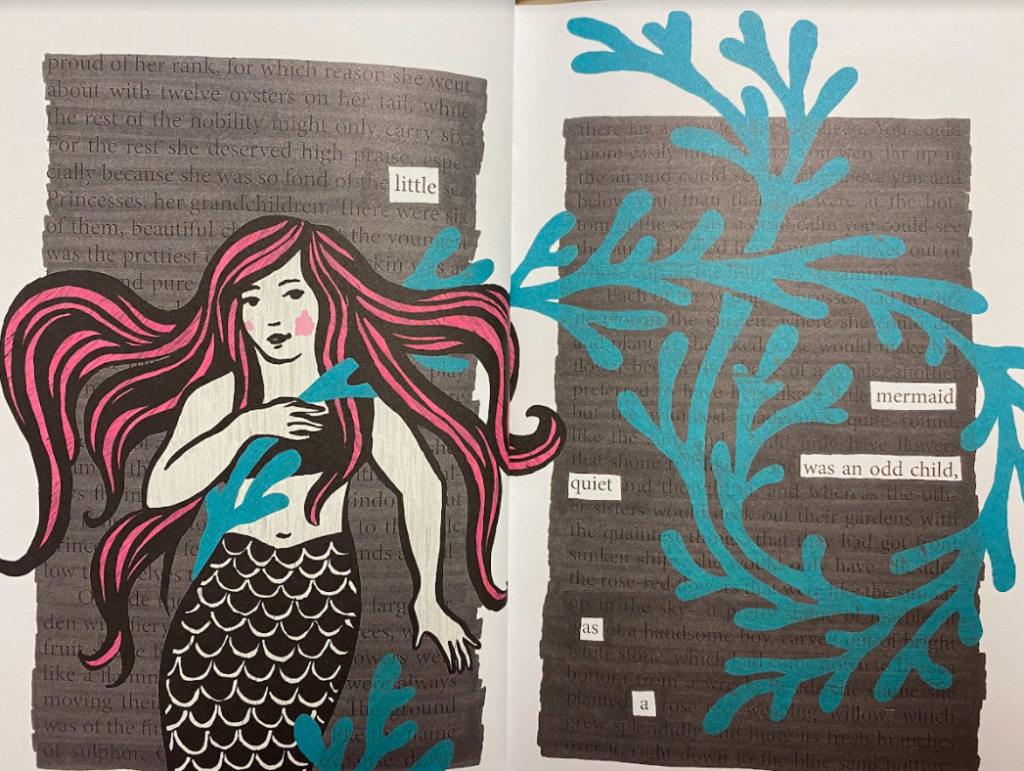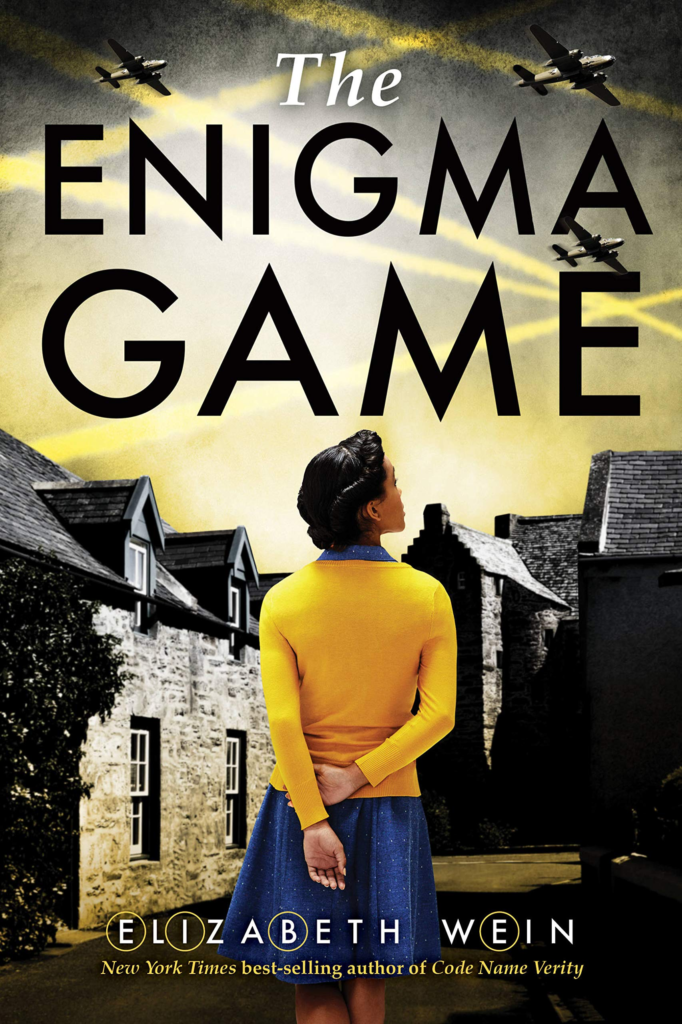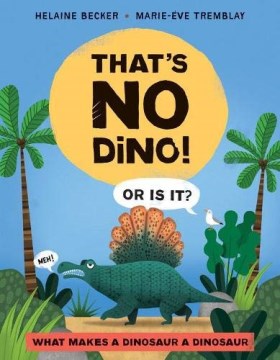A engaging true story for young nature lovers. When a young orca is seen all alone near Vashon Island without any pods nearby, it got the attention of both orca enthusiasts and scientists. A baby orca will not survive without a family to protect and teach it. Scientist and volunteers use her distinctive call and markings to identify her family. Since she was alone, it was assumed that her mother was dead, but her grandmother, aunts, and cousins were still alive in Canadian waters. In Orca Rescue! the story of Springer’s capture, transport, and release, and subsequent reunion with her family is described.
The nonfiction narrative of Springer’s story is interspersed with well researched, age appropriate information on Orcas in general and Puget Sound resident pods in particular. Sarah Burwash’s lovely watercolor illustrations portray the complicated steps in the rescue. The endpapers include photographs of Springer in different stages of her life, a matrilineal family tree of the A10 pod, a summary of some of the threats to whales and dolphins, glossary, and a list of the individuals and organizations that were instrumental in Springers safe rescue.





